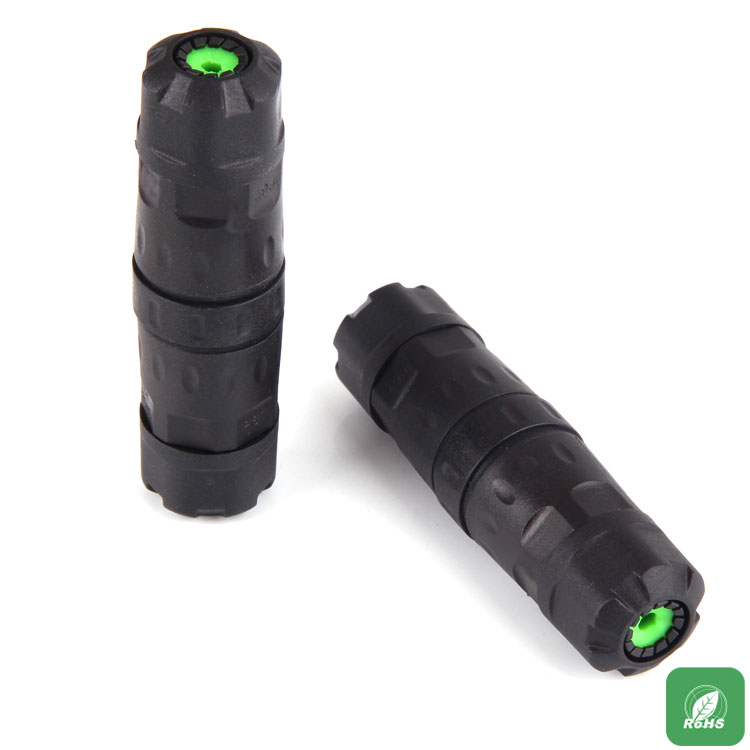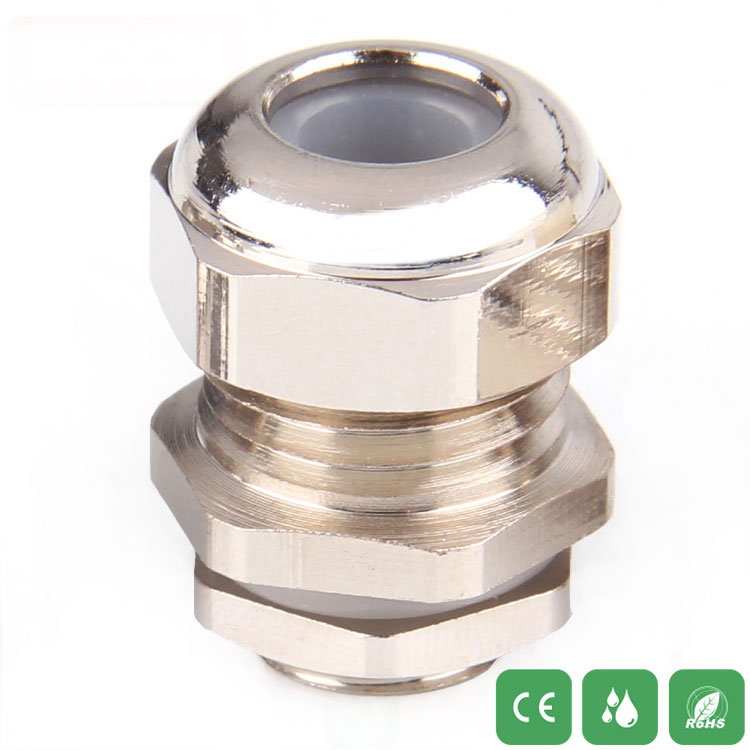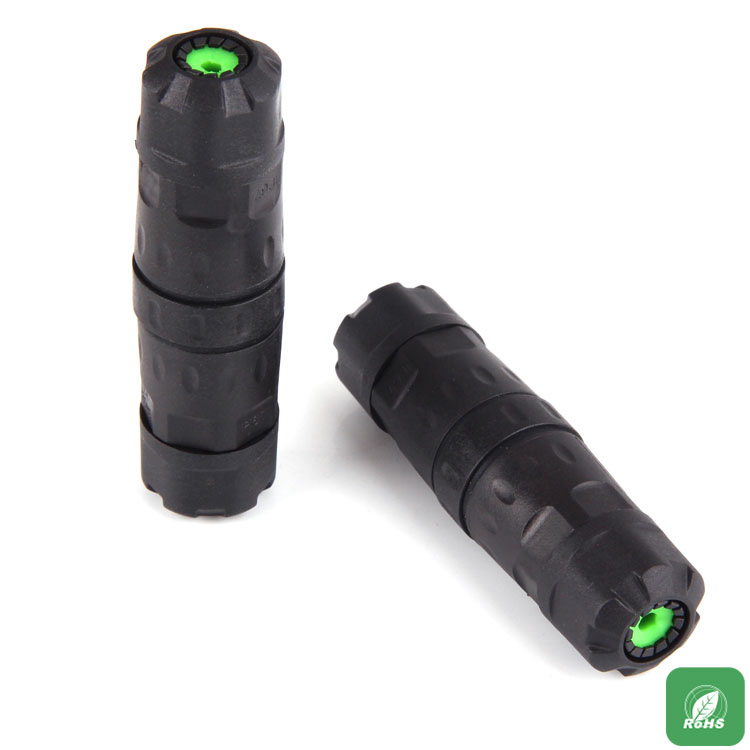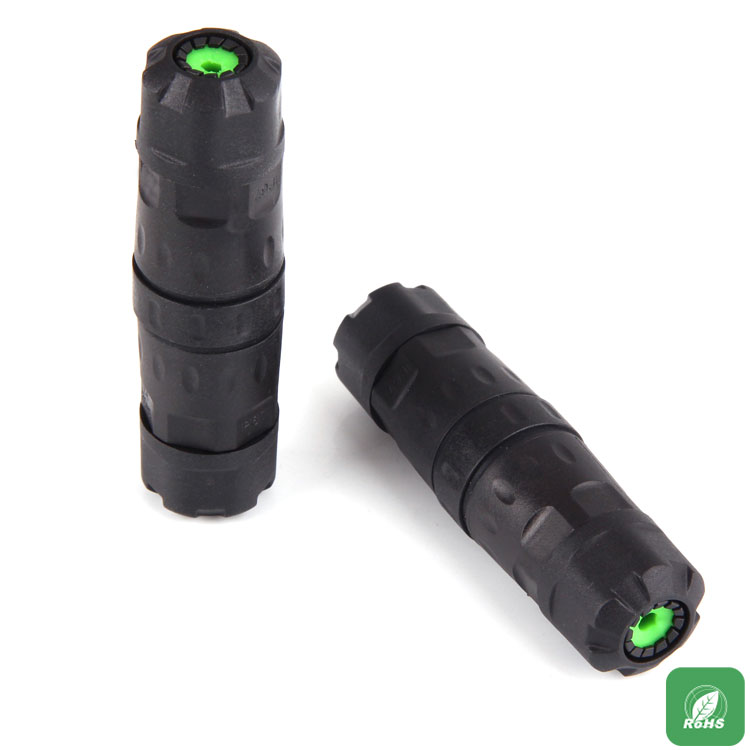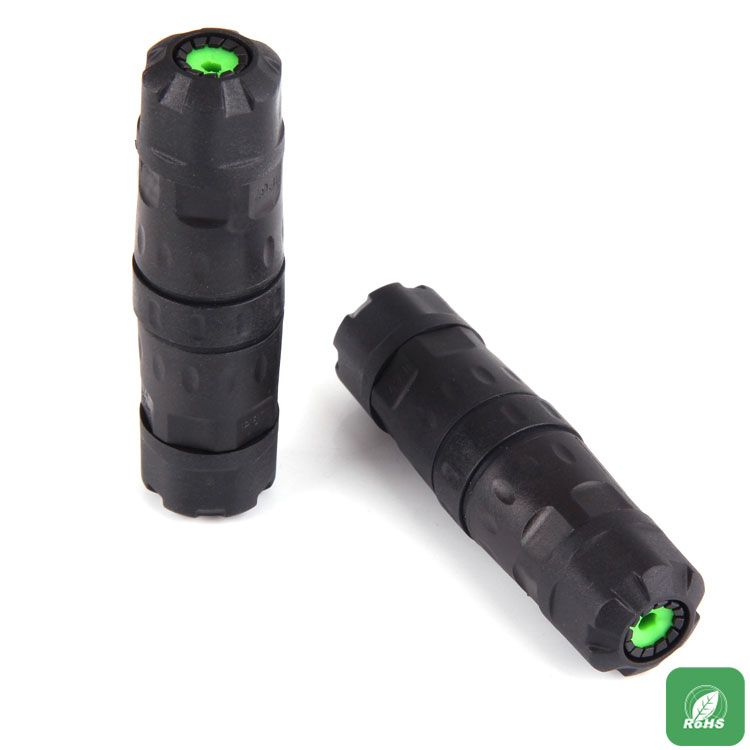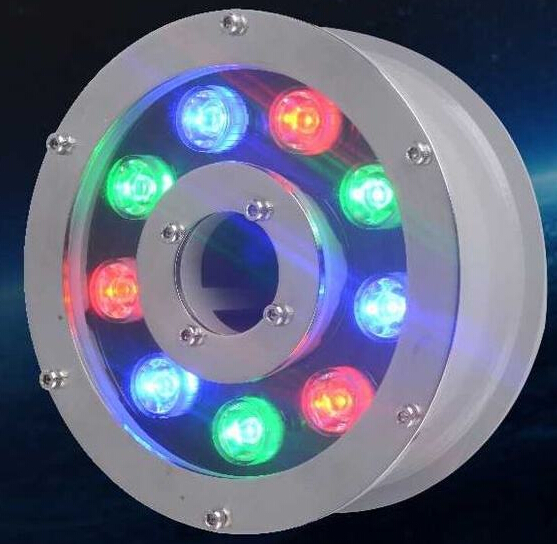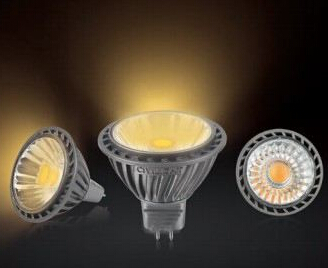According to foreign media reports, the University of Houston has announced that its machine learning algorithm can predict the characteristics of more than 100,000 compounds and identify the compounds that are most likely to be high-efficiency phosphors for LED lighting.
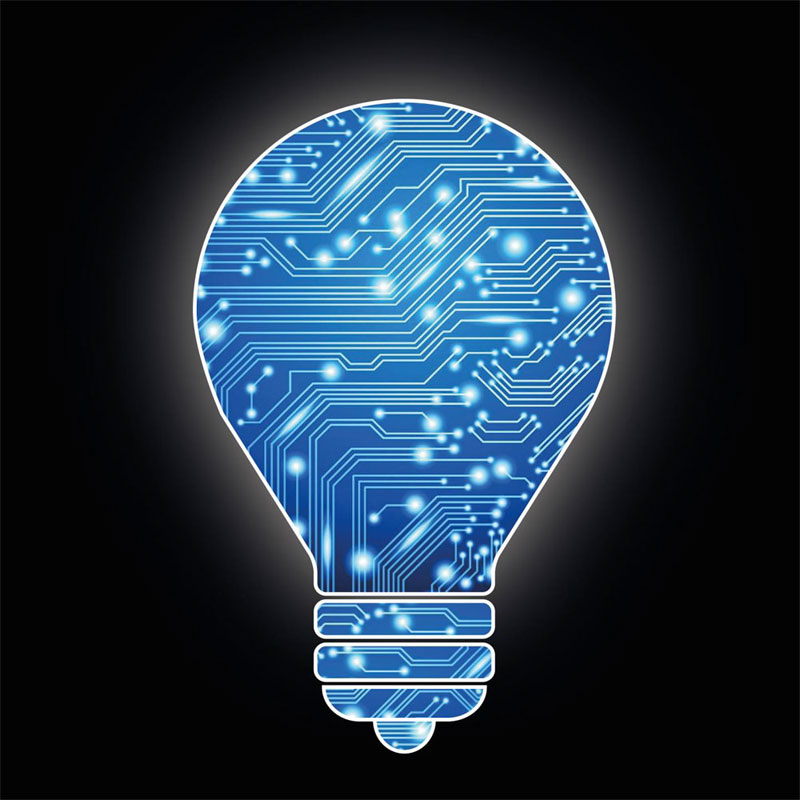
Among them, a computable compound called "sodium bismuth borate" synthesized by the researchers, after testing it, found that it provided 95% efficiency and excellent thermal stability. Although the light produced by the sodium bismuth borate compound is too blue to be commercially suitable, the researchers are not discouraged. They say they can now find a luminescent material that emits useful wavelengths through machine learning algorithms.
Professor Jakoah Brgoch said: "Our goal is to develop LED bulbs with high efficiency, excellent color quality and low cost."
It is reported that the research project first listed 118,287 potential inorganic phosphorus compounds from the Pearson crystal structure database. Machine learning then quickly scans for key properties of these compounds, including Debye temperature and chemical compatibility. Finally, the above 110,000 compounds were reduced to more than 2,000 by algorithms.
Researchers say that it takes weeks to pick out useful materials through traditional methods; with machine learning algorithms, about 20 useful materials can be picked in 30 seconds
Professor Brgoch pointed out that the project provides strong evidence that machine learning can bring great value to the development of high-performance materials.
















 RCCN WeChat QrCode
RCCN WeChat QrCode Mobile WebSite
Mobile WebSite